In addition to switching their tree propagating activities from field to containers, US propagator Sierra Gold Nurseries has also been able to shorten the time to grow rootstock by investing in its own rootstock facility and tissue culture lab.
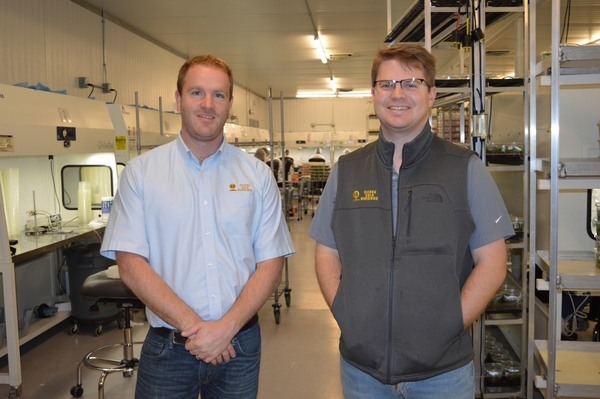 Reid Robinson and Brent Burky with Sierra Gold Nurseries
Reid Robinson and Brent Burky with Sierra Gold Nurseries
70 year business
Sierra Gold Nurseries is located in Yuba City in Northern California. The family-owned company has been in business for nearly 70 years and grows trees for orchardists in California and Washington state. “We grow almond and pistachio trees for growers in California and our apple, cherry and pear trees mainly go to Washington growers,” says Brent Burky with Sierra Gold.
Shift from field nursery to container nursery
In the past 10 years, the company has undergone an important shift from field nursery to containerized nursery. “All our trees used to be field grown, but field nursery is scaling down and today, about 80 percent of our trees are grown in containers,” shared Burky. Almonds and pistachios are all container-grown while cherries, apples and walnuts are a combination of field and container-grown.
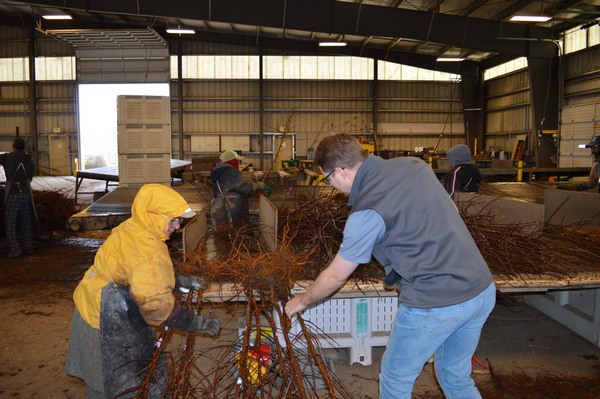 Field-grown apple trees ready to be shipped to a grower
Field-grown apple trees ready to be shipped to a grower
Respond quicker to demand
“The big benefit of container nursery is the ability to respond quicker to demand,” Burky mentioned. In the apple industry for instance, varieties change fast. “From one year to the next, one variety can become very popular or unpopular.” With field grown nursery, it takes about two years from rootstock (for some products like walnuts, it’s even three years) until digging the tree in the field and by that time, you may have missed a change in demand. With container nursery, this process is much shorter. “We try to anticipate what the big and popular varieties will be to respond to our customer’s demand,” he said.
Tissue culture lab
In addition to switching from field to containers, Sierra Gold Nurseries has also been able to shorten the time to grow rootstock by investing in its own rootstock facility and tissue culture lab. “We used to buy rootstock from external suppliers but couldn’t get what we wanted and were dependent on their availability,” said Burky. That’s when the company decided to build its own facility back in 2014. Since most rootstocks are hybrids, they can’t be grown by seeds and the only way to make rootstock is by cloning in a tissue culture lab. It is an efficient process as rootstock grows much faster than seed and one plant makes three or four plants in three weeks. However, a significant investment was required, and Sierra Gold Nurseries had to bring on people with different technical skills sets. Once in production, the new facility scaled up fast and has been at full capacity for the past three years. “We can now grow all rootstocks we want,” said Burky.
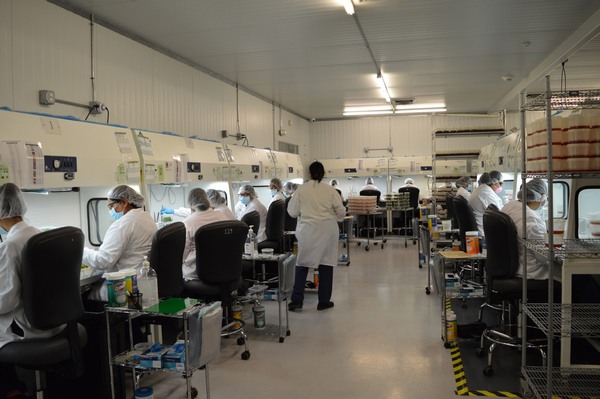 Sierra Gold's tissue lab
Sierra Gold's tissue lab
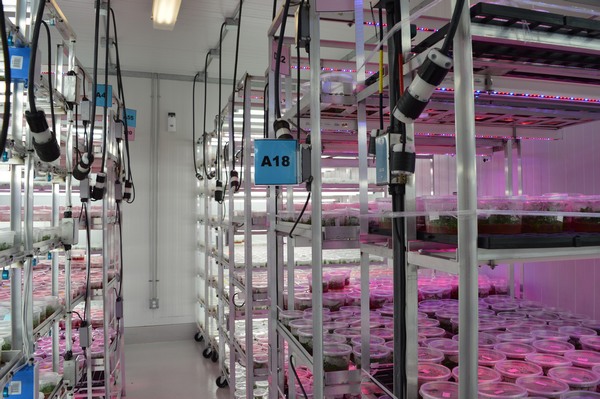 A grow room
A grow room
Acclimation
In the tissue culture lab, the plants grow in grow rooms, a controlled environment. Once they leave the grow room, the tissue culture plants need to acclimate four to five weeks in an environment with high humidity and a stable temperature. These conditions are being changed slowly to prepare the plants for outside conditions. From the acclimation area, the plants are taken out of media and put into trays that are placed under tunnels. At this point, the root formation process is being started and roots will gradually start to feed the plants.
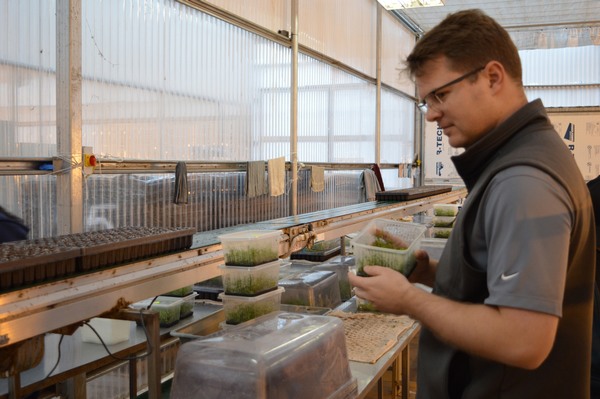 Tissue culture plants in the process of being placed moved from the grow room into small containers under tunnels
Tissue culture plants in the process of being placed moved from the grow room into small containers under tunnels
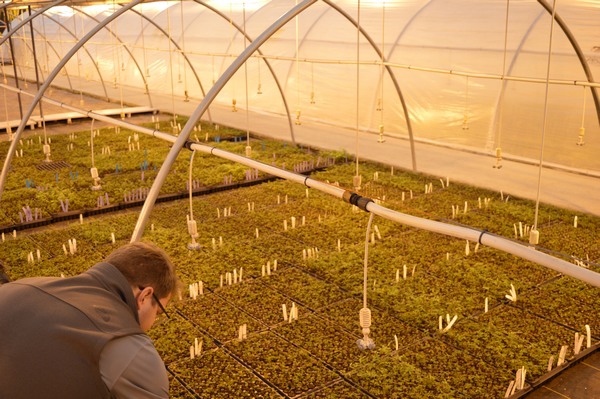 Pistachio rootstock in small containers under a tunnel
Pistachio rootstock in small containers under a tunnel
Ellepot containers
From the tunnels, the plants are being transplanted to bigger containers. “For our trays and containers, we work with Ellepot for 100 percent,” said Burky. Sierra Gold used to buy the pots, but for the past couple years, the company has been making its own pots by using Ellepot’s equipment. “We tried all kinds of pots when we started the container nursery,” mentioned Burky. “However, Ellepot is a great system for automation and the company’s trays and pots are designed to enhance root pruning, which is key for keeping a uniform root structure. It helps all roots forming the right way.
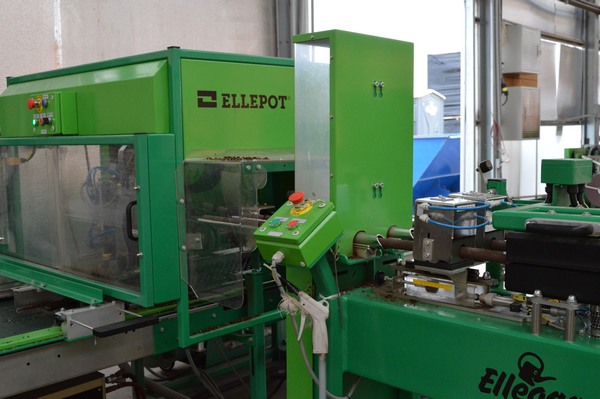 Ellepot equipment making pots
Ellepot equipment making pots
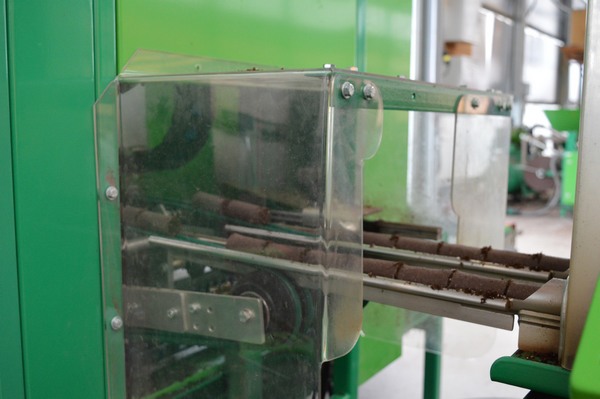 Close-up
Close-up
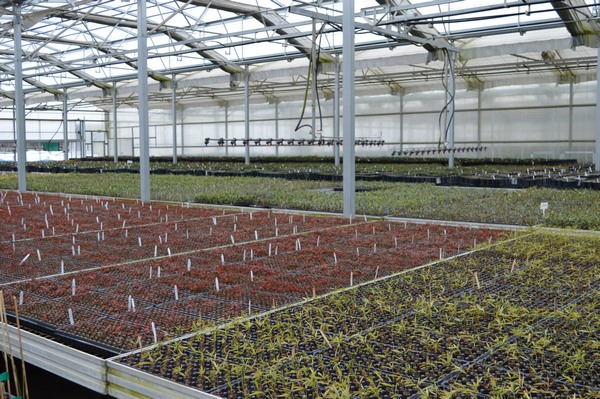 Rootstock in bigger containers and moved from the acclimation area to a greenhouse
Rootstock in bigger containers and moved from the acclimation area to a greenhouse
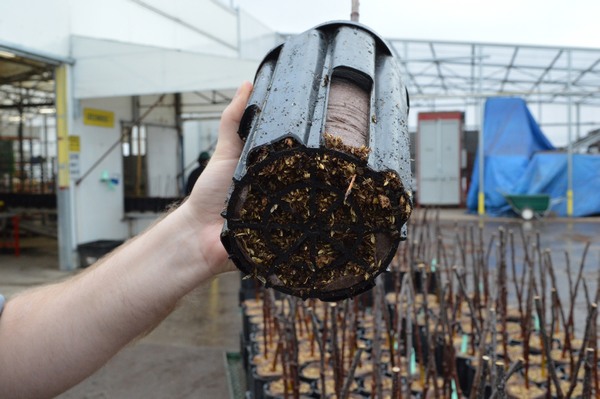 Design of the pot helps all roots grow the right way
Design of the pot helps all roots grow the right way
Vertical integration helps the company stand out from competitors. “As far as I know, we are the only orchard tree nursery in the US that has a tissue culture lab as well as a container nursery and field nursery,” Burky shared. “It allows us to grow high-quality rootstock and for a grower, that’s key. Rootstock is as important as the tree variety and our trees are often chosen over a competitor’s tree because we have certain rootstock.” Sierra Gold even mixes its own soil. “We buy raw materials and make different blends of soil for our different commodities. It helps with quality control,” finished Burky.
For more information:
Brent Burky
Sierra Gold Nurseries
Tel: (+1) 530-682-0037
brent@sgtrees.com
www.sierragoldtrees.com
